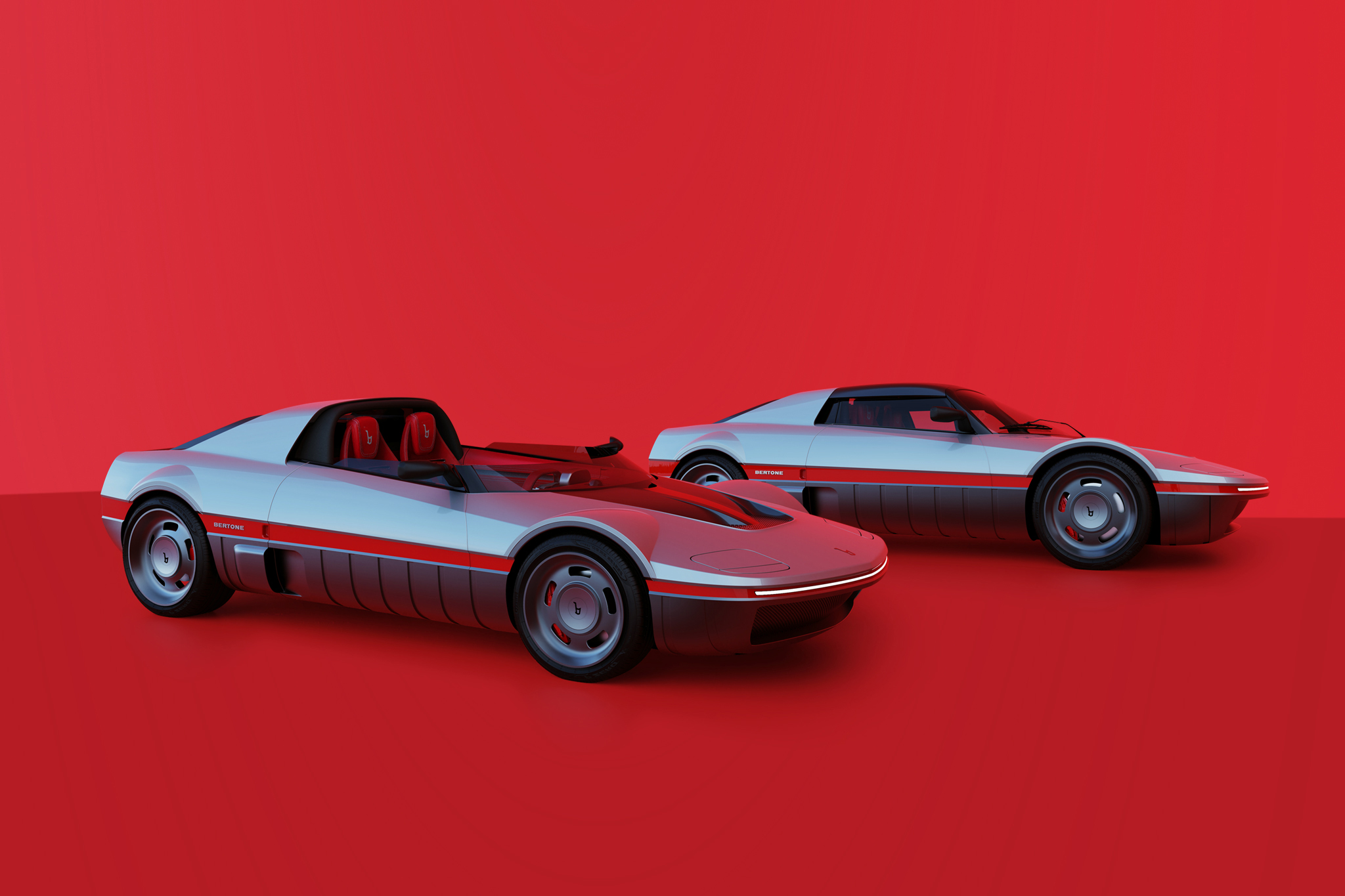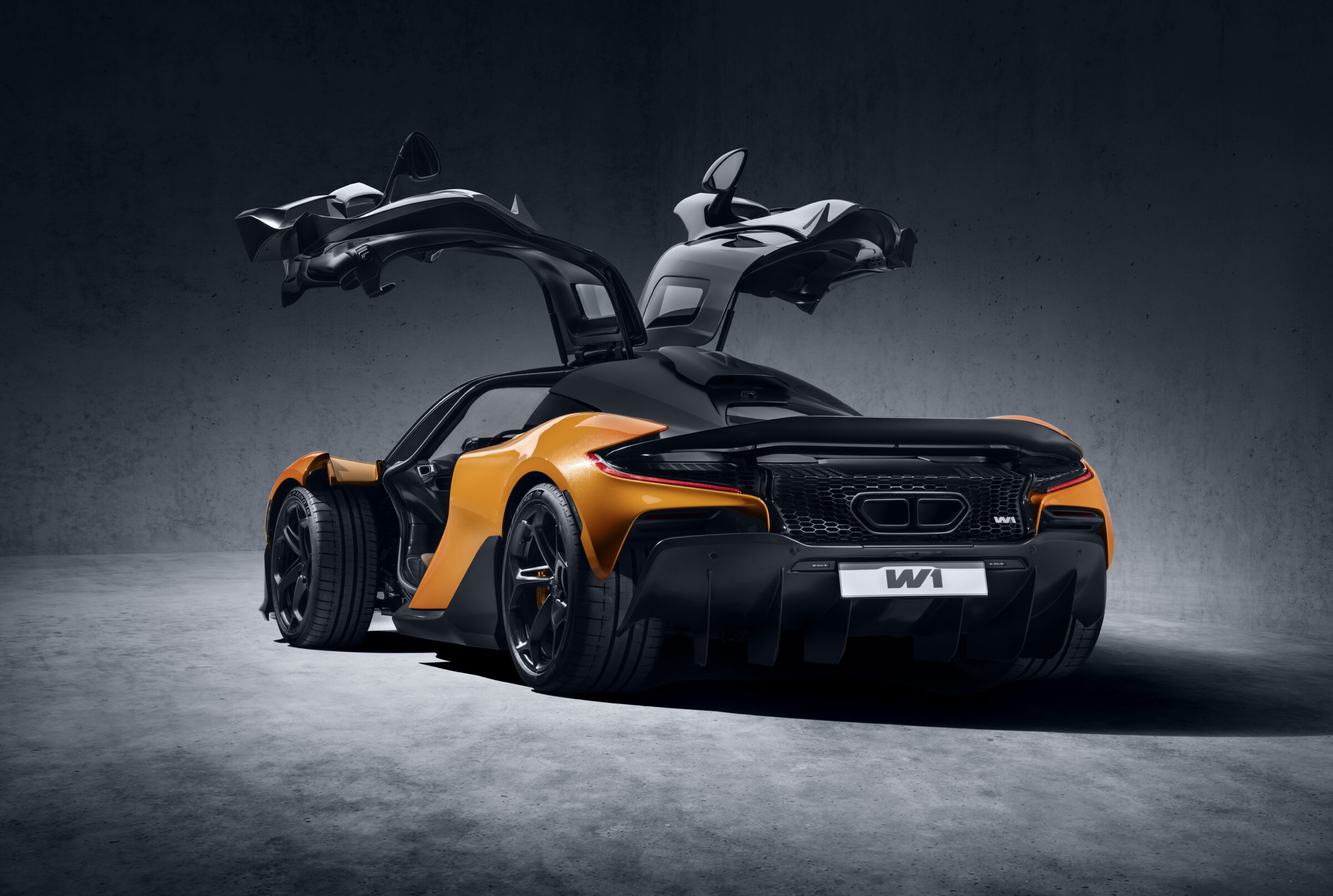Aston Martin Lagonda Series 1
David Brown was an enviable entrepreneur. In 1947, he first took over the sports car company Aston Martin. A second car manufacturer, Lagonda, followed shortly afterwards. He merged the two brands into a joint construction, which briefly put an end to Lagonda’s vehicle production. Under the new management, the brand finally concentrated on dignified luxury cars from 1948, while Aston Martin produced sports cars. After around 800 cars built in ten years, David Brown ended Lagonda’s activities as an independent brand. Using technology from Aston Martin, the Lagonda Rapide was the final model between 1961 and 1964. After only 55 units had been sold, this was also the end of the line. For 1969, however, a four-door sports saloon was built for the company boss, which was given the simple name Lagonda DBS V8. Apparently, David Brown appreciated being chauffeured in a car of his own manufacture. The Aston Martin DBS V8 presented in 1967 served as the basis.
Difficult times for Aston Martin
Especially in Great Britain, there were customer enquiries about the Lagonda DBS V8 as early as 1969. Apparently, some interested parties had seen the company boss with his unique car. However, he couldn’t bring himself to put it into series production. One of the reasons for this might have been the financially precarious situation of his company group. From 1971 onwards, this became increasingly clear, even to outsiders. David Brown, who made his fortune mainly by selling agricultural machinery, was making less and less money both there and with his car production. So in 1973 he was forced to sell Aston Martin Lagonda Ltd. to Company Developments, an association of businessmen from Birmingham. They dropped the abbreviation DB from model designations and cut several jobs. Due to an economic crises in the UK, the company placed all its hopes in an insolvency administrator from December 1974. Various changes of ownership followed until the company was finally integrated into the Ford Group in 1987.
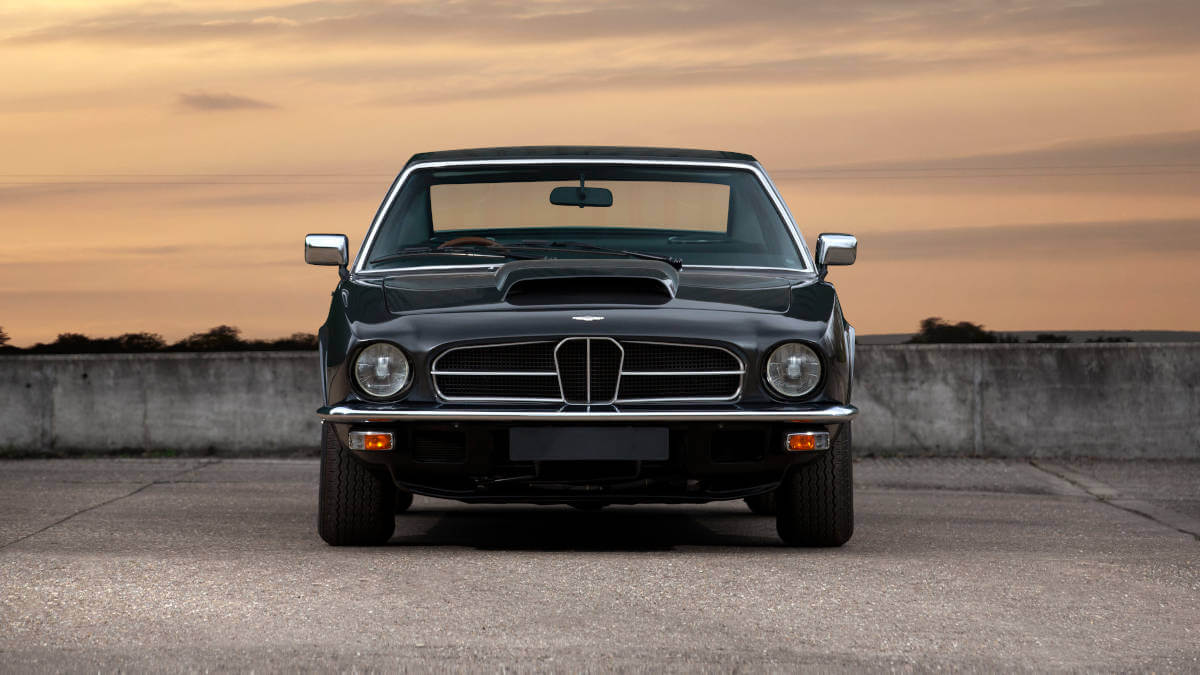





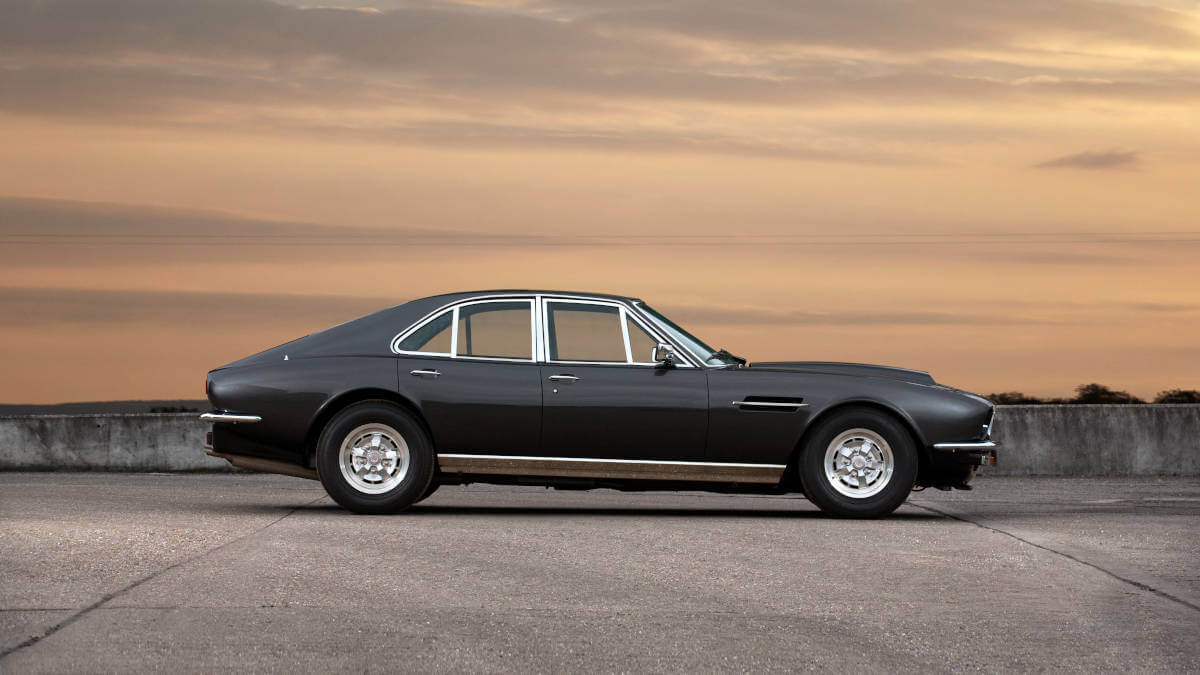



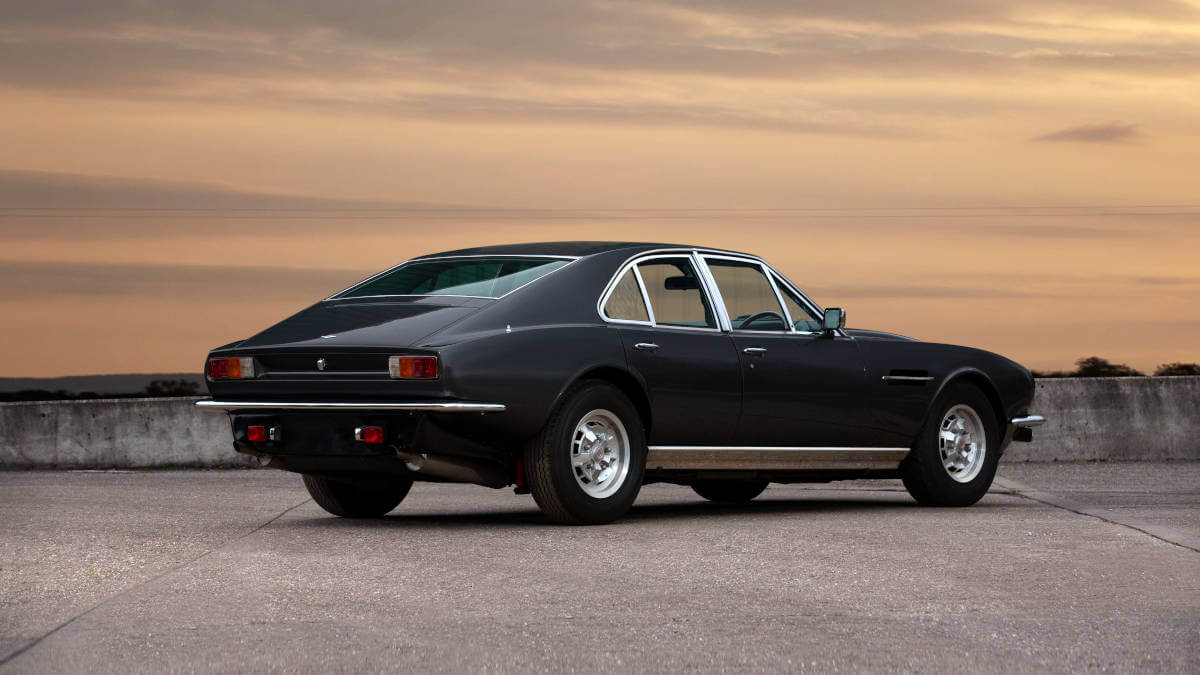



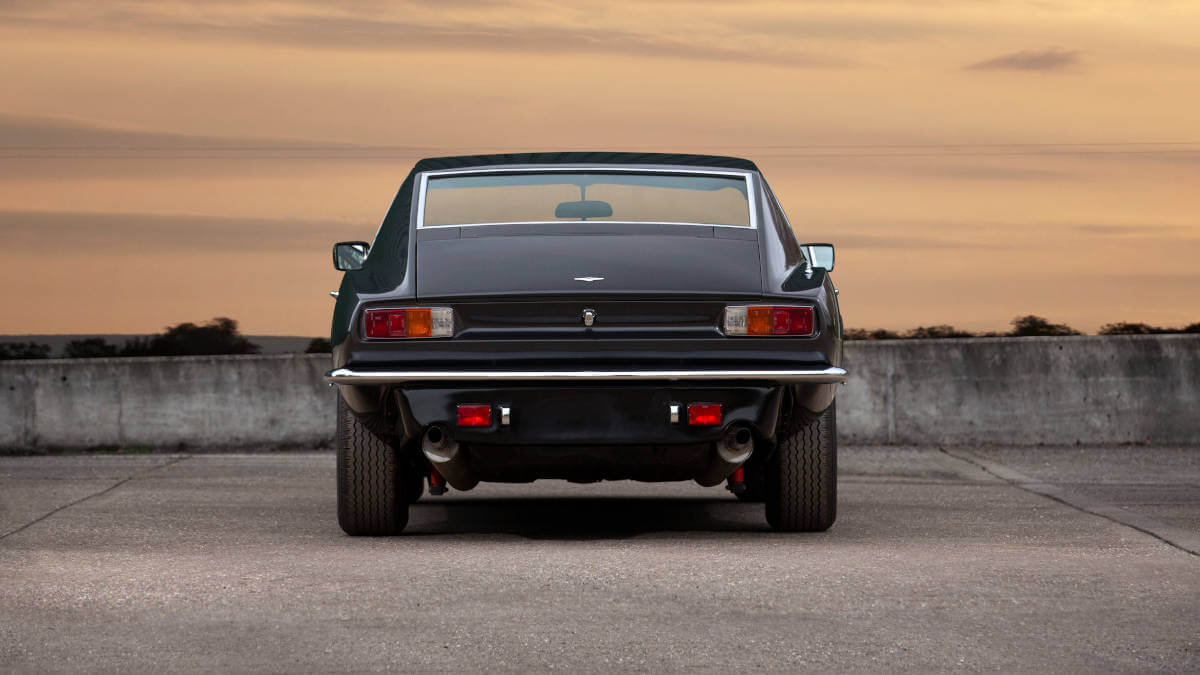

Debut at the Earls Court Motor Show
The unique Lagonda DBS V8 became a production car after all in 1974 under the new management. At the Earls Court Motor Show in London, the car made its debut as the Aston Martin Lagonda Series 1. Compared to the Aston Martin DBS V8, which in the meantime was only called the Aston Martin V8, the wheelbase was extended by 30.5 centimeters. The roof line and the rear end were given independent design in order to create space for the rear passengers. In comparison to David Brown’s private car, the front end was modified with individual headlights and the radiator grille of the V8, but here with an additional, horseshoe-shaped element. At the Earls Court Motor Show, Aston Martin received a design award for the new model. However, this didn’t trigger a rush of customers. The saloon was simply too expensive for that. The new price was £ 14,040, which was 24% more than the Aston Martin V8. For this sum one could alternatively get a Rolls-Royce during the oil crisis.
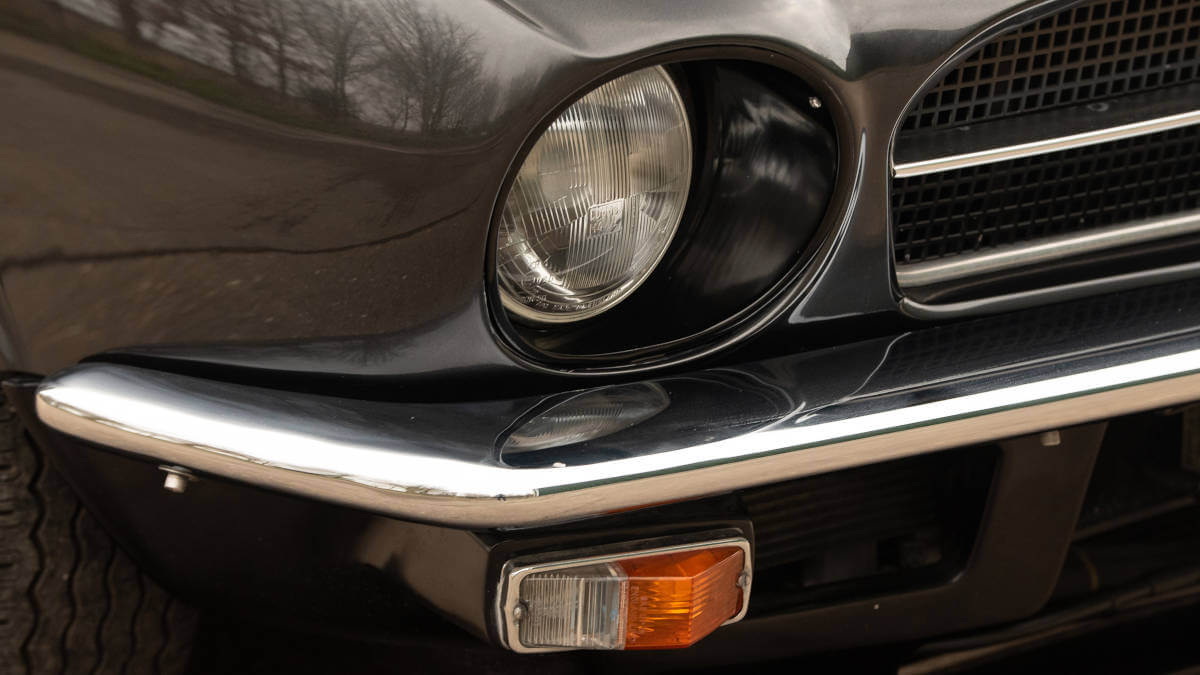





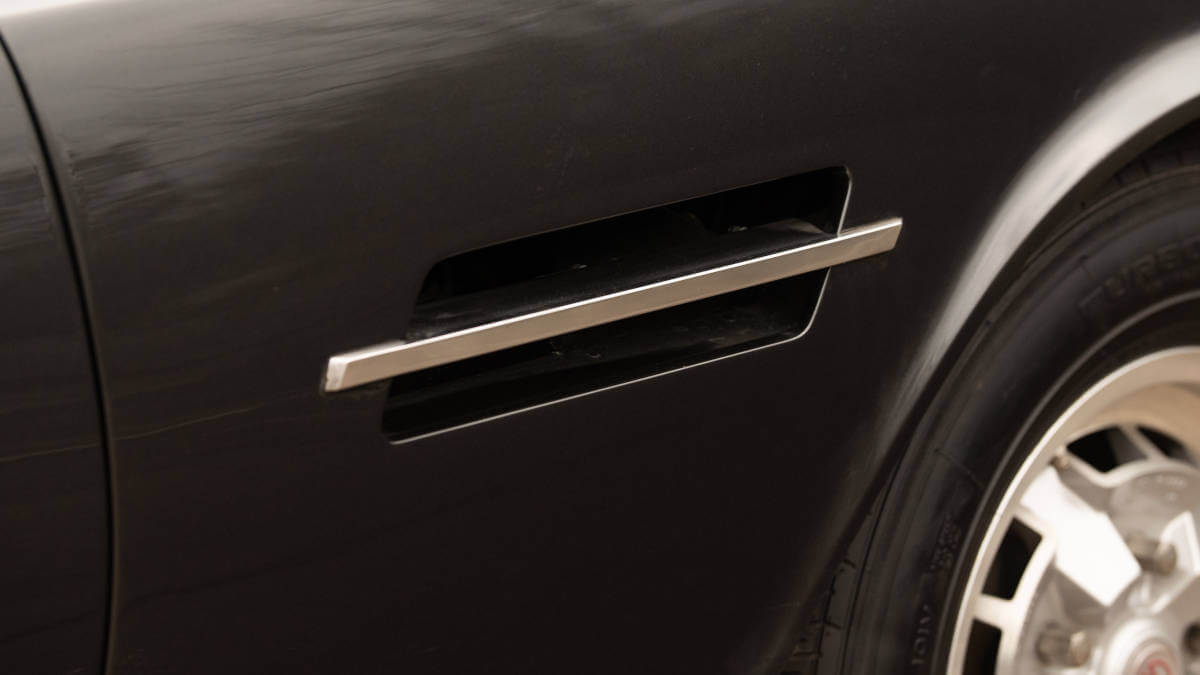

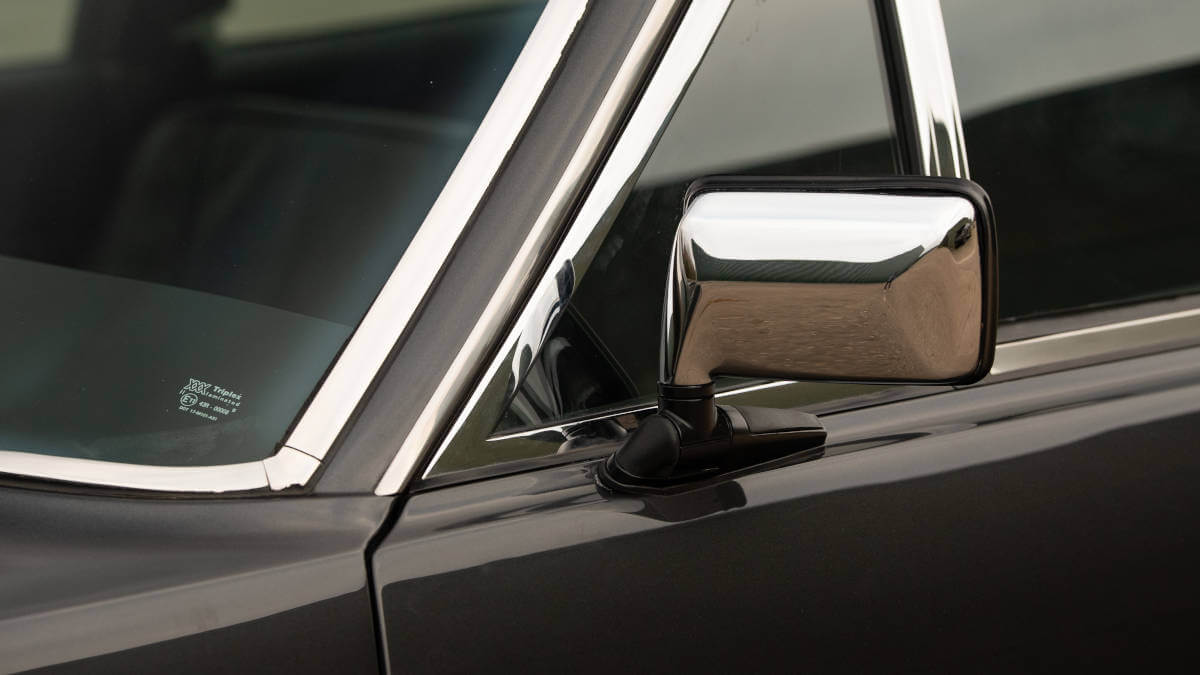





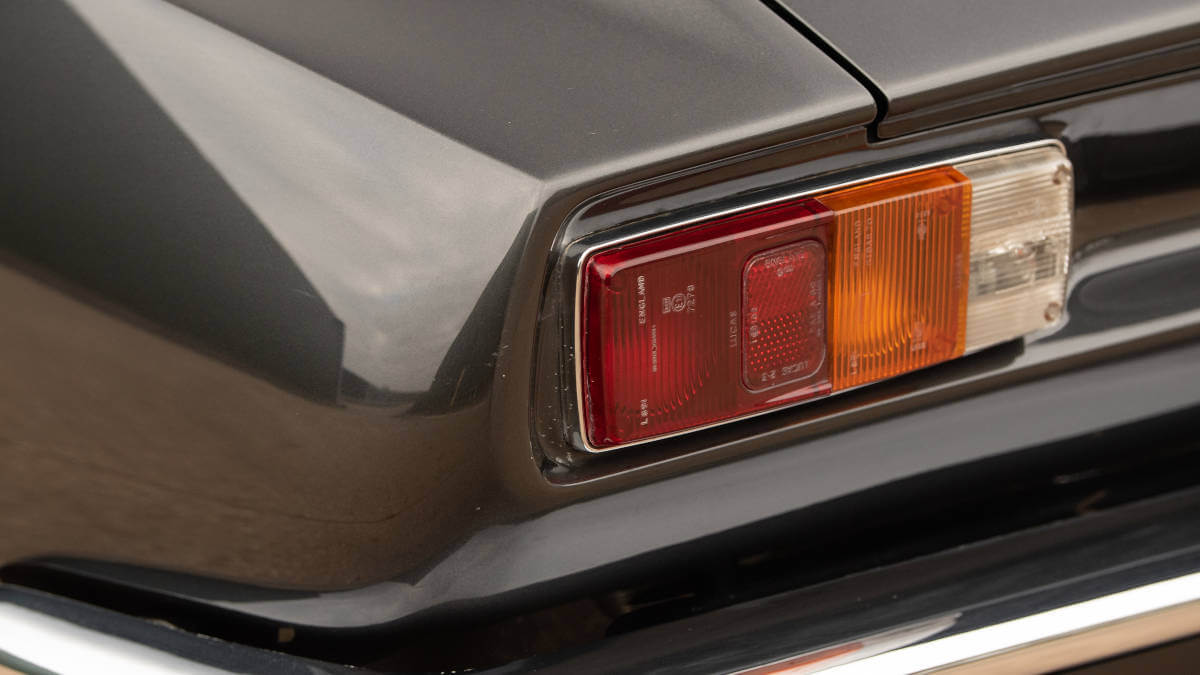



From 5.3 to 7.0 liters displacement
Originally, the Aston Martin Lagonda Series 1 took the unchanged V8 engine from the V8. This developed 209 kW/283 hp from 5.3 liters of displacement. In parallel to the coupé, two performance enhancement packages with 224 kW/305 hp or 280 kW/380 hp were available for the saloon in its final model year 1976. Power transmission to the rear axle was provided by a three-speed automatic from BorgWarner. At least two Aston Martin Lagonda Series 1 cars were retrofitted with 7-liter V8 engines by the tuning company R.S. Williams Ltd. A manual five-speed gearbox from ZF was added as an option. At the end of 1976, Aston Martin took the Lagonda Series 1 out of the range. By this time, only seven cars had been produced, followed by an eighth car completed later. It wasn’t until the Aston Martin Lagonda Series 2 arrived in 1976, that significantly more cars were built.




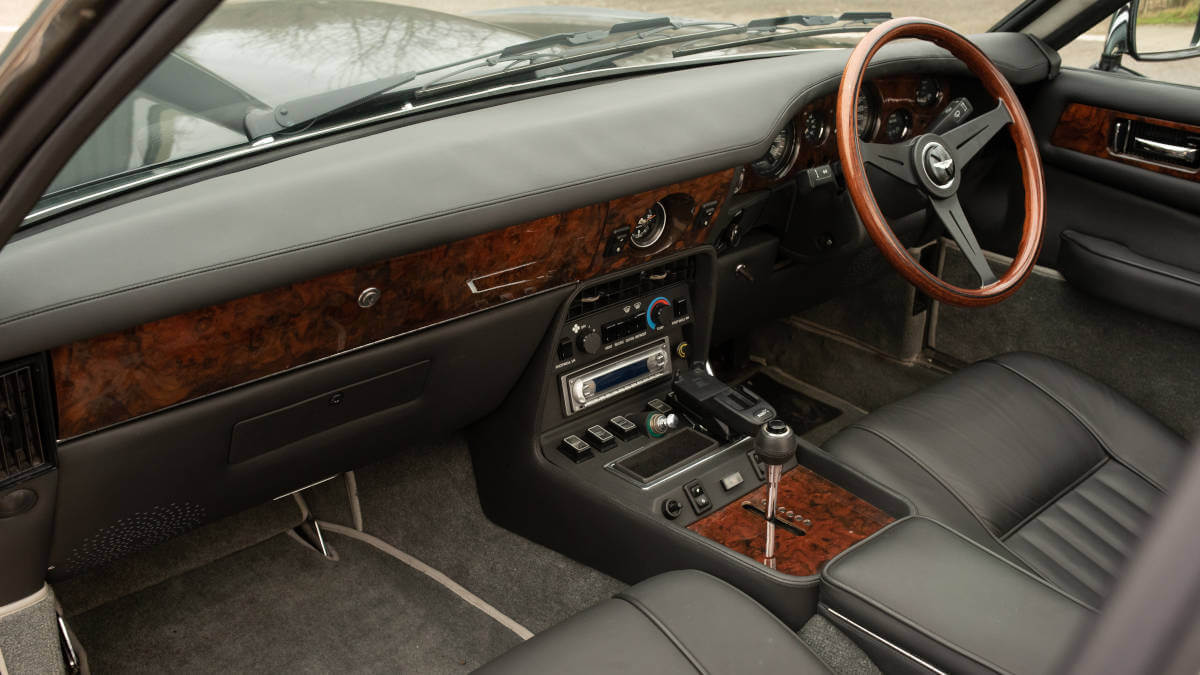







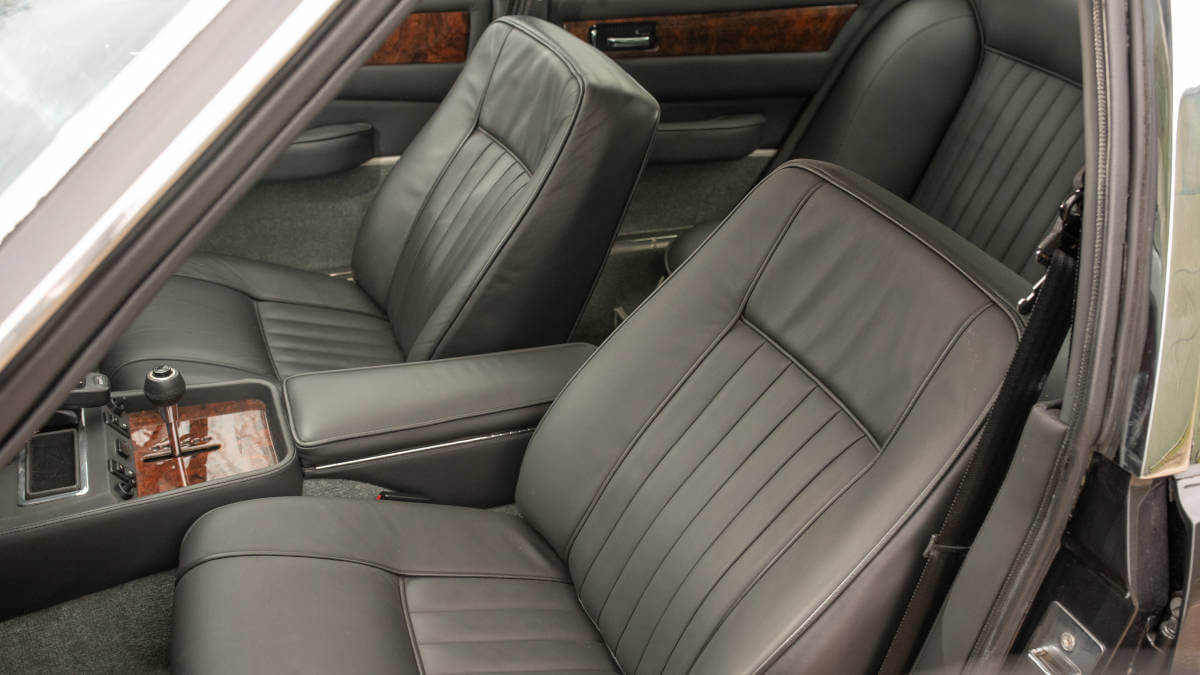

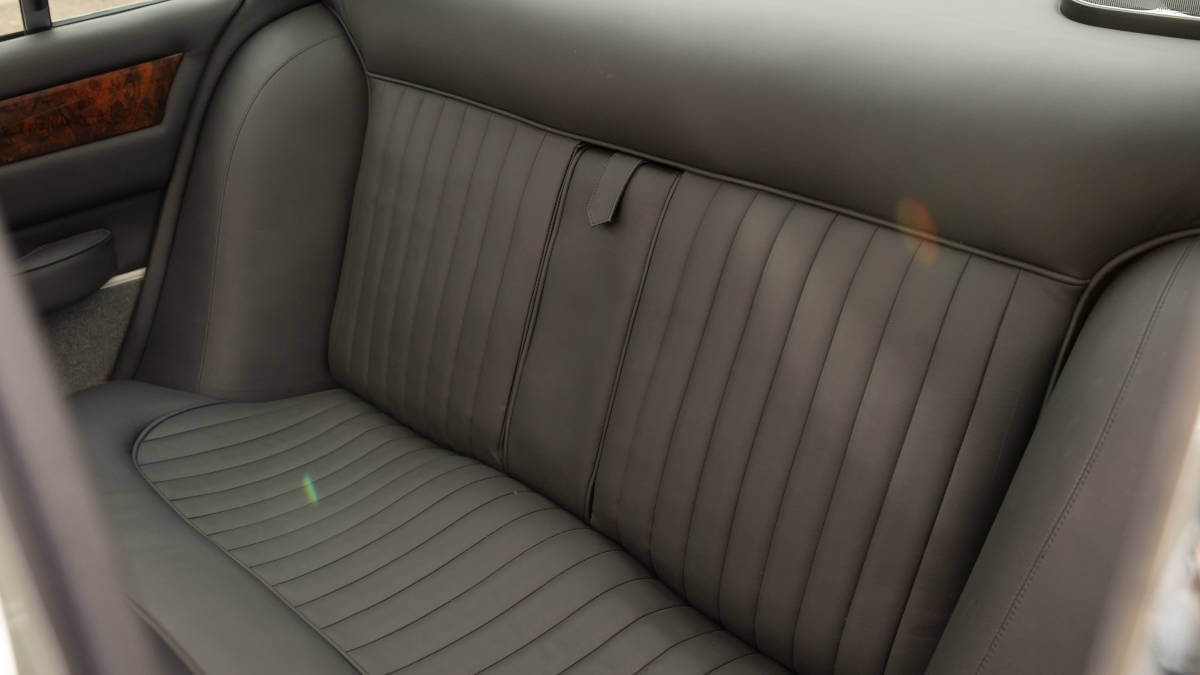

12006 at Bonhams in Goodwood
After the premiere in 1974 Aston Martin also showed a Lagonda Series 1 at the Earls Court Motor Show in 1975. This car with chassis number 12006 found its way to Richard Williams, boss of R.S. Williams, in 2005 in comparatively bad condition. He already owned another Lagonda Series 1 in top condition. When a customer saw the two cars side by side, he was convinced of the potential of this sports saloon. This included the installation of the 7-liter engine, for which the bonnet received an additional air intake. However, this vehicle retained the automatic transmission on board. In the interior, R.S. Williams integrated a hands-free system and a CD radio. The control knobs and switches for ventilation and heating were taken from a later Aston Martin model. Bonhams is offering the car at the Goodwood Members’ Meeting on 10 April and expects between £ 200,000 and £ 300,000.
Images: Bonhams



